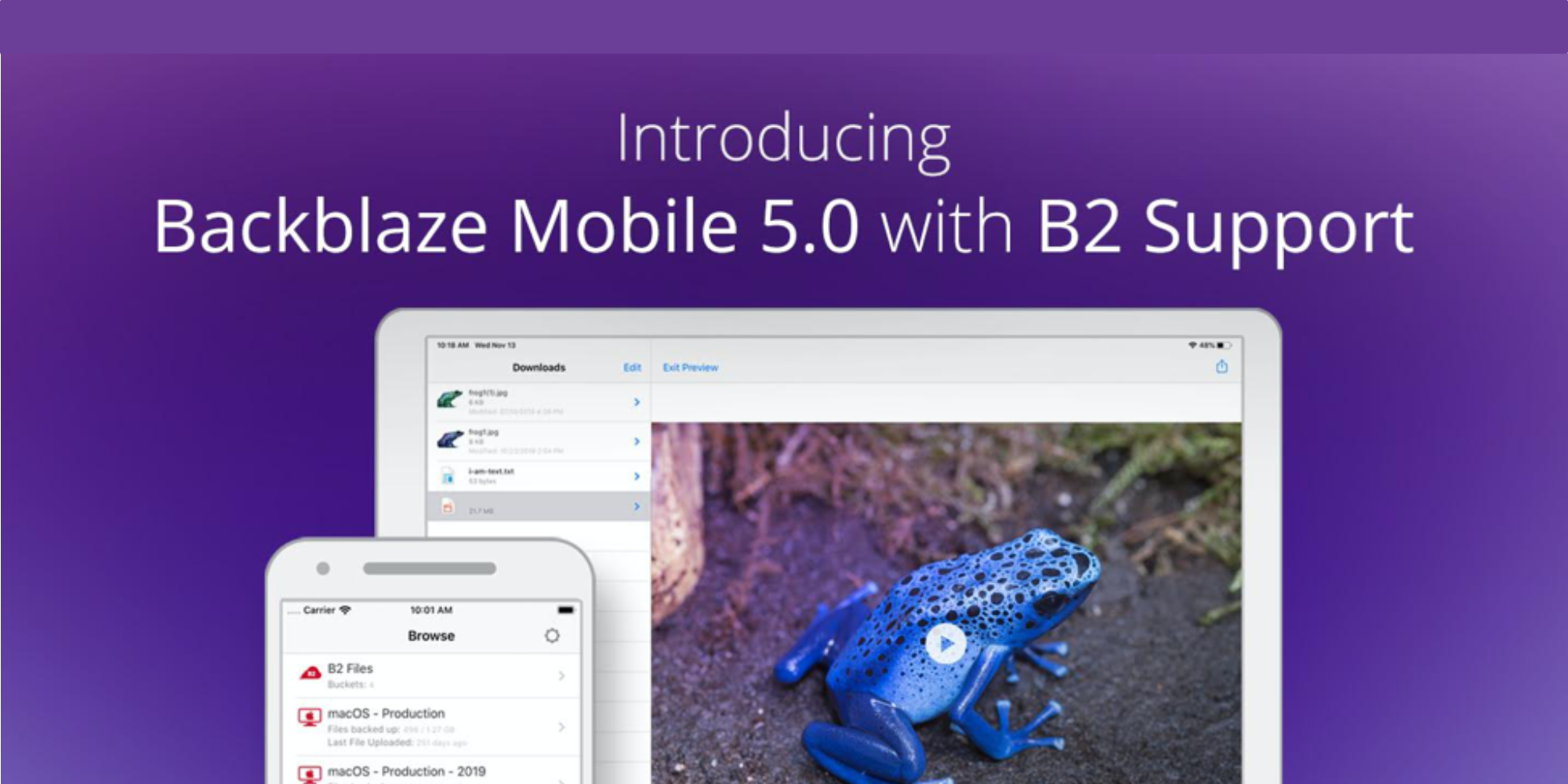


Tutorials like How to build a Ruby on Rails Application can help with this, or you can follow the Official Getting Started Guide. Follow How to Install Ruby on Rails with Rbenv on macOS or How to Install Ruby on Rails with Rbenv on Ubuntu depending on which operating system you’re using.

Prerequisitesīefore you begin this guide, you’ll need the following: When you’re finished, you’ll be ready to integrate file storage with DigitalOcean spaces into your own Rails application. You’ll then run through the configuration necessary to get uploads and downloads blazing fast using direct uploads and Spaces’ built-in CDN (Content Delivery Network). In this guide, you’ll configure a Rails application, so it uses ActiveStorage with DigitalOcean Spaces. Because it’s compatible with Amazon’s S3 service, you can quickly integrate it into a Ruby on Rails application using the new ActiveStorage library that ships with Rails 6. ou’ll want this all to be affordable too.ĭigitalOcean Spaces can address all of these needs. You also want your file storage solution to be reliable so you don’t lose your important customer files, and fast so your visitors aren’t waiting for files to transfer. After all, these uploads can be anything from profile pictures to house photos to PDF reports. This way you’re not in danger of running out of space if your application gets wildly popular. When you’re building web applications that let users upload and store files, you’ll want to use a scalable file storage solution. The author selected the Diversity in Tech fund to receive a donation as part of the Write for DOnations program.


 0 kommentar(er)
0 kommentar(er)
